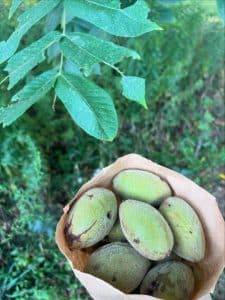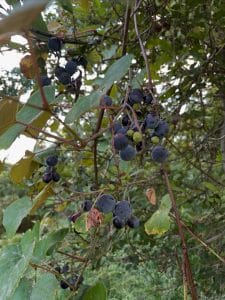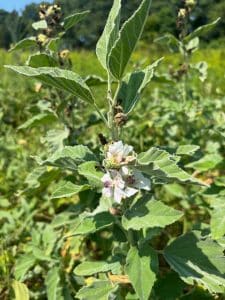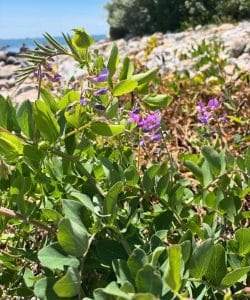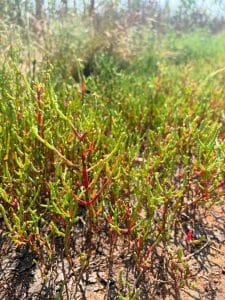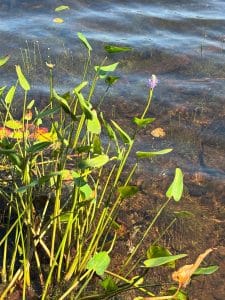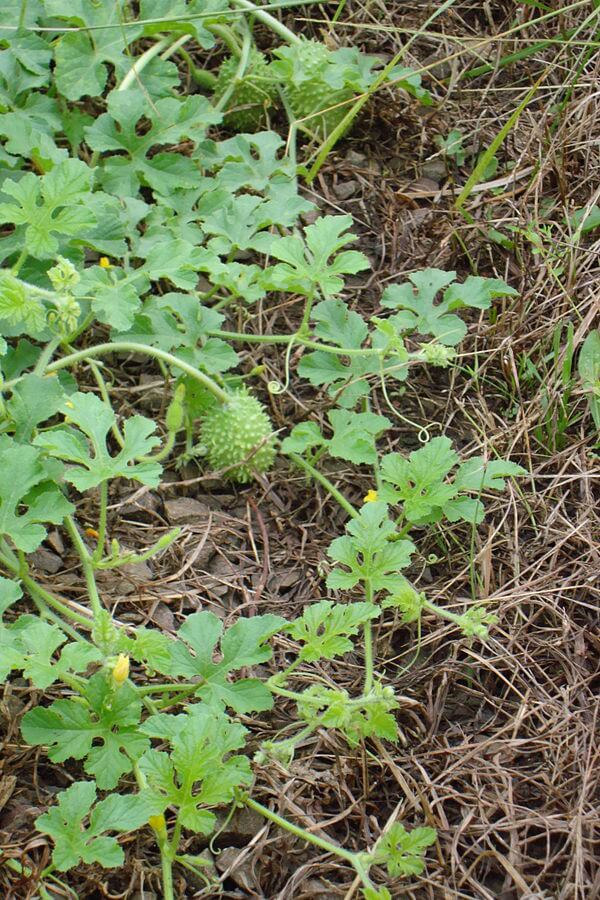
(Source: Eugenio Hansen/Wikimedia Commons)
Wild cucumber (Cucumis anguria), or more commonly known as West Indian gherkin, is a vine that belongs to the cucumber family (Cucurbitaceae). This plant is native to Africa but it has naturalized all throughout the globe, including in America. Even though it’s not a garden cucumber (Cucumis sativus), this plant’s small and roundish fruits look and taste quite similar to garden cucumbers.
Note that there’s also another plant that’s commonly called wild cucumber, Echinocystis lobata. While they share the same name, Echinocystis lobata’s fruit isn’t edible at all. Cucumis anguria and Echinocystis lobata may belong in the same family, but they don’t belong in the same genus. In this article, we’ll mostly be referring to Cucumis anguria with its other name, Wild Indian gherkin, to avoid confusion.
Edibility and culinary use
As mentioned earlier, the small and squat West Indian gherkins taste similar to the common cucumber. Its inner flesh has a crunchy texture and a strong refreshing flavor with some sour notes. This gherkin cucumber can be eaten raw, cooked, or pickled. They especially taste amazing pickled. In fact, it’s believed that West Indian gherkins were one of the first cucumber varieties to be used for pickling.
Other than pickling, you can use these gherkin cucumbers as a substitute for regular cucumbers. They can be chopped and made into relishes. Additionally, you can also add them to stews, soups, and stir-fried dishes. Fresh wild cucumbers also taste amazing in salads and sandwiches. Due to its neutral yet refreshing taste, these gherkin cucumbers can complement a lot of ingredients. They pair especially well with beef, chicken, carrots, cabbages, turnips, tomatoes, garlic, onion, dill, and parsley.
Health benefits
West Indian gherkins are a great source of potassium, manganese, magnesium, vitamin A, vitamin C, vitamin K, and beta-carotene. Aside from being nutritious, this wild cucumber is also low in calories, making it a wonderful food for weight loss. It also has a rich water content. So, eating these cucumbers will hydrate and nourish your body. Lastly, eating these fruits can aid digestion and even help treat stomach ailments.
Cultivation
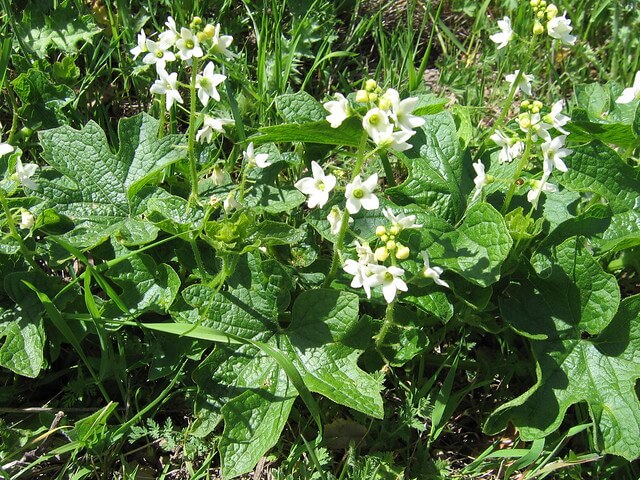
(Source: Dawn Endico/Flickr)
If you have your own vegetable garden, why not add the West Indian gherkin to your collection? This wild cucumber wild plant is cold-resistant and drought-resistant, making it relatively easy to cultivate. Moreover, this plant can give you a steady source of wild cucumbers all year long. The fruit’s peak season is late spring, but you should be able to harvest fresh gherkin cucumbers throughout the year.
It’s a bit hard to find young seedlings available for purchase, but you should be able to buy the seeds from local nurseries and online stores. West Indian gherkins can grow in all types of soil, starting from light, sandy soil to heavy clay soil. But, you need to make sure that the soil is moist yet well-drained. You also need to plant the seeds in a sunny position as this plant can’t tolerate shade.
Sow ripe seeds indoors during fall. They will start to germinate within one or two weeks. When the seedlings are large enough to handle, plant them in their permanent position in early winter. Your plants should start producing flowers and even some fruits by early spring.
Once your plants start to produce fruits, harvest them regularly. If you don’t, your plants will put a lot of their energy into producing seeds. This may cause your plants to die early. Pick the fruits regularly and it will encourage greater harvests. Make sure to pick fruits while they are young as they taste sweeter. Moreover, as they get older, the skin and seeds of the wild cucumbers will harden, making them taste unpleasant.
Cautions
There are no known hazards from eating West Indian gherkin fruits. But avoid ingesting the seedlings at all cost. The seedlings are toxic since they are a natural pest-repellant plant. Lastly, make sure to wear gloves when handling this plant; its prickly hair can penetrate the skin.
Also note that it looks similar to its cousin, the wild cucumber (Echinocystis lobata). Since the two plants belong in the same family, they have similar appearances, especially to beginner foragers. While the wild cucumber itself isn’t poisonous, it’s inedible. It would be such a letdown to find that the fruits you’ve picked are inedible. So, make sure to identify the correct and edible wild cucumber.
Conclusion
If you love pickles, then you’ll really love this wild cucumber. West Indian gherkins taste amazing pickled. Since this is mainly a crop plant, it would be a bit hard to find this plant in the wild, despite its name. While you probably can buy pickled West Indian gherkins from the market, growing the plant in your own garden is also a great option. That way, you can get a steady source of fresh wild cucumbers all year long. You can also experiment and try this exotic looking fruit in many different dishes.
---------------
Writen by Cornelia Tjandra
Cornelia is a freelance writer with a passion for bringing words to life and sharing useful information with the world. Her educational background in natural science and social issues has given her a broad base to approach various topics with ease. Learn more about her writing services on Upwork.com or contact her directly by email at cornelia.tjandra@gmail.com
Many of our readers find that subscribing to Eat The Planet is the best way to make sure they don't miss any of our valuable information about wild edibles.
See our privacy policy for more information about ads on this site

